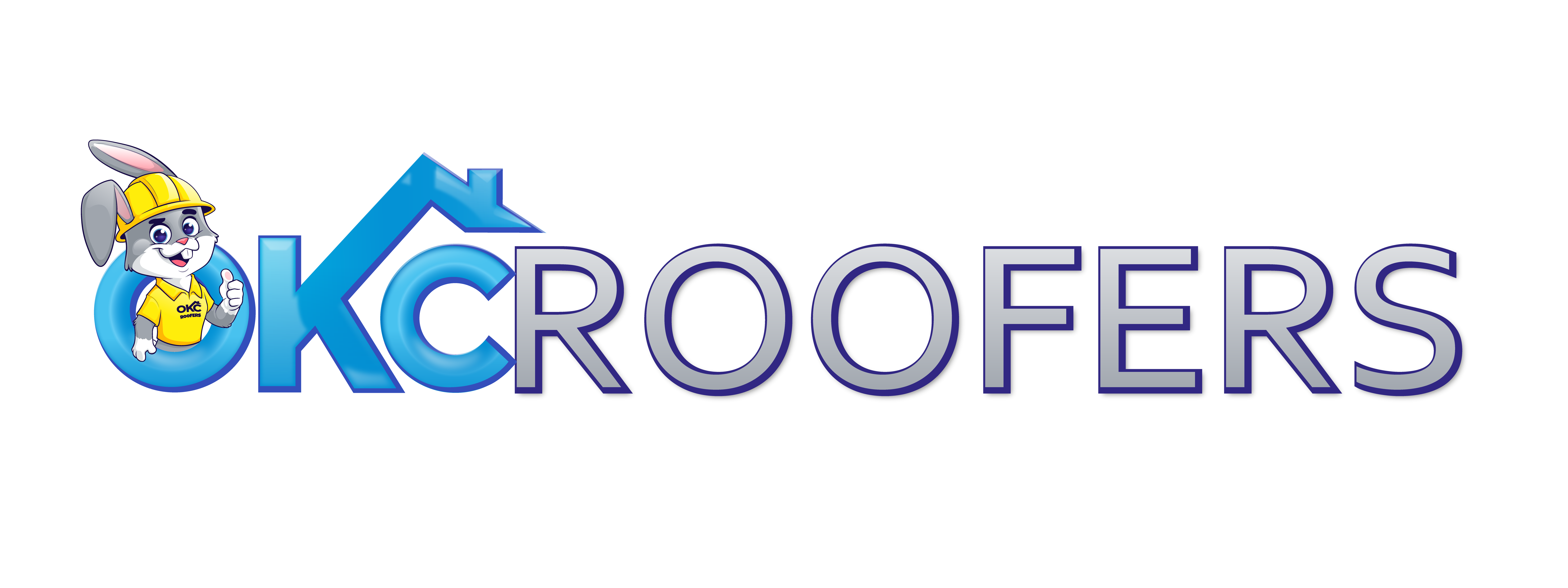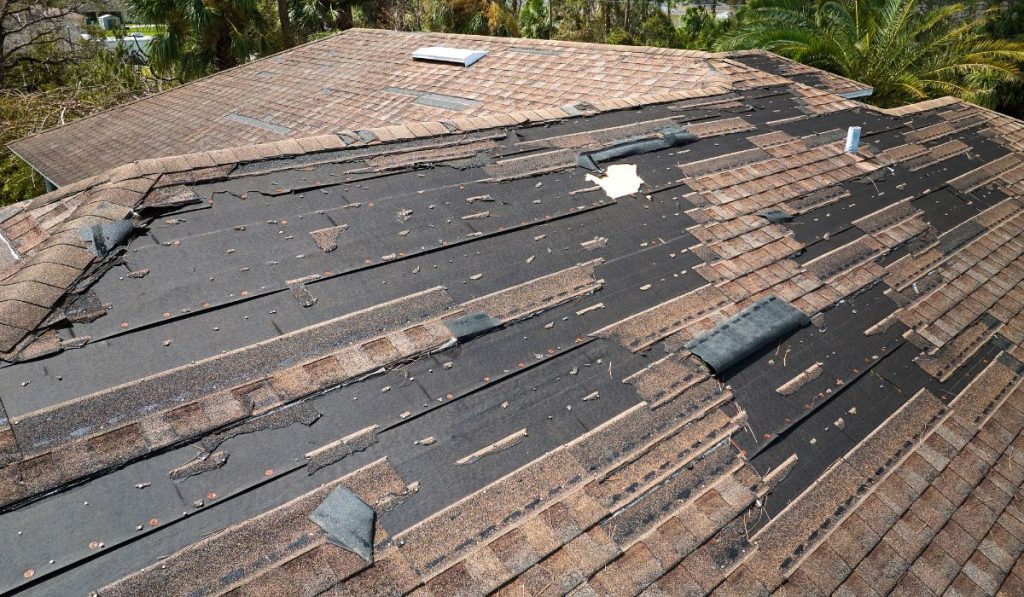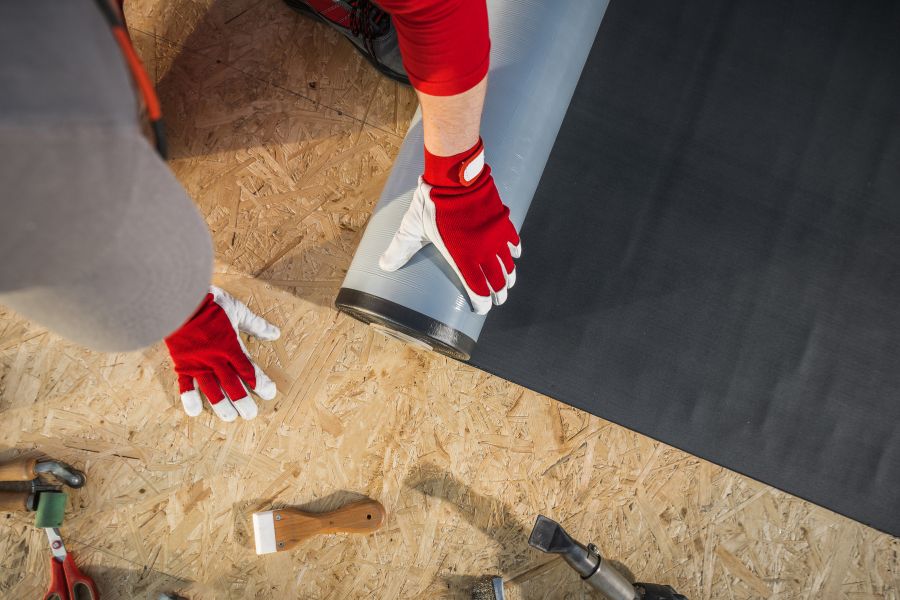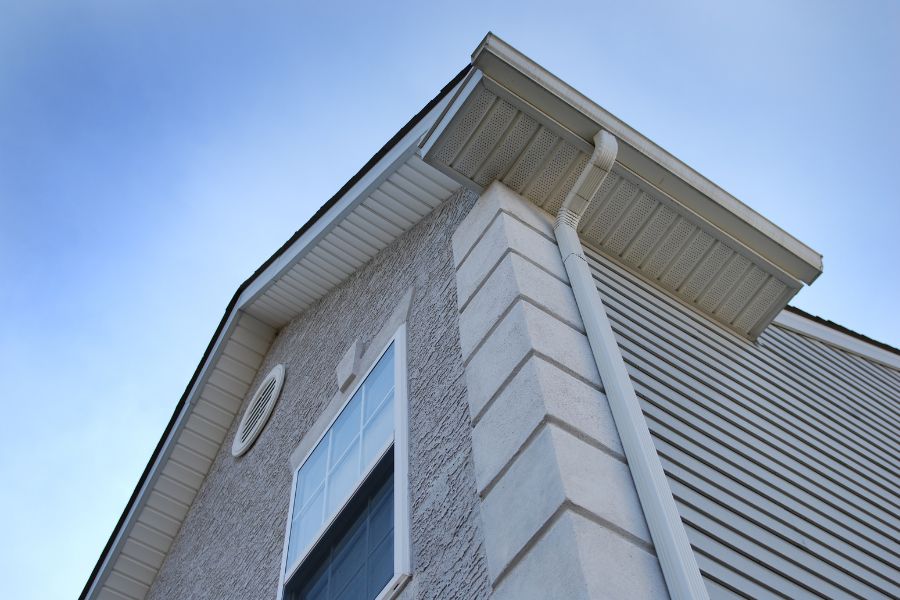Roof leaks always show up at the worst time. A small drip turns into a soggy ceiling, and suddenly you’re wondering if duct tape counts as a fix. Some people grab a ladder and patch it themselves. Others skip the drama and call a pro.
Both approaches have their perks, but knowing which one’s worth your time (and sanity) depends on the leak’s cause, your tools, and your comfort on a roof. Let’s break down when a DIY job makes sense and when it’s smarter to let the experts handle it.
When should you fix a roof leak yourself versus calling a professional roofer?
Fix small leaks yourself, but call a roofer for sagging, storm damage, or recurring leaks that signal deeper roof problems.
Key Takeaways
- DIY roof repairs work for small leaks like cracked shingles or loose flashing.
- Hire a pro for major leaks, sagging, or structural damage.
- Pros provide long-term warranties and handle hidden water damage safely.
- Regular inspections and gutter cleaning prevent most roof leaks.
- DIY saves money short-term; hiring pros saves stress and future repair costs.
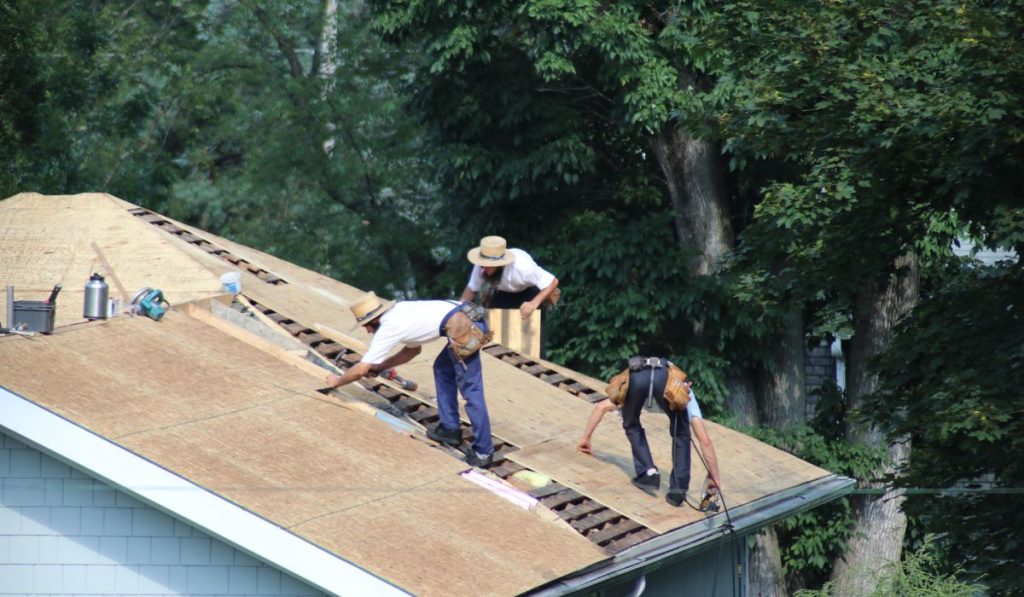
Understanding Roof Leaks
Why Roofs Leak: Most leaks start small, like a cracked shingle or loose flashing. Water sneaks in, and before you know it, there’s a stain on your ceiling. Knowing the early signs helps you stop damage before it spreads.
Common Trouble Spots: Leaks often show up around vents, chimneys, or skylights where seals wear out. Flat spots on the roof or clogged gutters can also send water the wrong way.
Spot It Early: Check your attic after heavy rain. If you see dark patches or feel moisture, that’s your cue to act fast. A quick fix now can save you a full repair later.
The Appeal of DIY Roof Leak Fixes
There’s something satisfying about grabbing a ladder, rolling up your sleeves, and tackling a leak yourself. For many homeowners, DIY repairs feel like a flex, proof you can handle your own space without calling backup.
The cost factor helps too. Buying sealant or patch kits is way cheaper than hiring a pro, especially for small leaks. Plus, you get that instant gratification of seeing your handiwork stop the drip right in front of you.
Then there’s the control aspect. You set the pace, choose the materials, and learn how your roof actually works. Sure, it’s not always as quick or flawless as a professional job, but for smaller fixes, it’s a solid cheat code for saving cash and building confidence.
When Hiring a Professional Roofer Makes Sense
Sometimes, DIY just isn’t the move. If your roof damage is bigger than a few cracked shingles or a leaky nail hole, it’s time to call a pro. Structural issues, sagging spots, or leaks that reach your ceiling are clear signs you’re out of weekend warrior territory.
Professional roofers have the gear and safety setup most homeowners don’t. They can spot hidden problems like water damage under the surface that you’d never catch from a ladder. They also know how to handle insurance claims, saving you hours of red tape and stress.
Another bonus? Warranties. A licensed roofer’s work is usually covered, which means long-term protection if anything goes sideways later. So if your repair involves heights, complex materials, or more than a few shingles, don’t risk a shaky patch job. Hiring a pro isn’t just about fixing a leak – it’s about making sure your roof stays strong for years without surprise drama.
Comparing Costs: DIY vs. Professional Repairs
DIY fixes might seem like the cheap win at first. You’re mostly paying for materials and maybe a few tools, so the upfront cost looks small. But if your patch doesn’t hold and water sneaks back in, you’ll end up paying more later to fix both the roof and the mess inside.
Hiring a pro costs more upfront, but you’re buying skill, safety, and a lasting solution. Most contractors offer warranties that cover future leaks, which is a cheat code for peace of mind. Bottom line: DIY saves short-term cash, but pros save you from long-term stress.
Signs You Should Skip DIY and Call a Roofer
1. Water Keeps Coming Back
If you’ve patched the same spot twice and it’s still leaking, it’s not a fluke. Persistent leaks usually mean a deeper issue hiding under shingles or flashing that only a pro can diagnose.
2. Sagging or Soft Spots
Step on a section that feels squishy? That’s water damage beneath the surface. It’s like finding quicksand on your roof not something to mess with solo.
3. Steep or High Roofs
If your roof looks more like a rock climb than a stroll, leave it to the pros. One slip could cost way more than a service call.
4. Storm Damage or Major Cracks
After a serious storm, visible damage often means structural risk. Bring in a roofer before a small problem turns into a waterfall.
How to Choose the Right Roofing Professional
Finding the right roofer isn’t just about the lowest bid. Look for someone licensed, insured, and with solid local reviews. That’s your first green flag.
Ask about their experience with your specific roofing material and request before-and-after photos. A legit pro won’t hesitate to show receipts of their work.
Check if they offer warranties on both materials and labor, not just one. And don’t skip the contract, it protects both sides. The best roofers don’t just fix leaks, they earn trust one shingle at a time.
Preventing Future Roof Leaks
The best fix is not needing one at all. Keep your gutters clear, check for missing shingles, and trim back any tree branches that hang too close.
After storms, do a quick visual check from the ground. Catching damage early is a cheat code for saving cash later. If you spot small cracks or loose flashing, seal them before they invite leaks.
Finally, schedule a roof inspection every year or two. It’s like an annual checkup for your house simple, smart, and way cheaper than emergency repairs
FAQs on DIY Roof Leak Fixes vs. Hiring a Pro
1. Can I fix a roof leak myself?
Yes, small leaks from loose shingles or minor flashing gaps can be DIY-friendly. Just make sure you use proper sealant and safety gear.
2. How do I know if I should call a pro?
If the leak’s near a chimney, skylight, or large area, it’s smarter to call a roofer. Hidden damage often needs expert eyes.
3. What tools do I need for a DIY roof repair?
You’ll need a ladder, roof sealant, putty knife, and replacement shingles. A steady hand and dry weather help too.
4. How long does a roof repair take?
A quick patch can take under an hour, while full shingle replacement might stretch a few.
5. Will my insurance cover a roof leak?
Usually yes, if it’s from sudden damage like a storm. Regular wear and tear? Not so much.
Conclusion
When a roof leak hits, doing it yourself can feel like a quick win, but it’s not always the smartest play. Small fixes are fine if you know what you’re doing, but big leaks need pros who won’t just patch the problem.
Think of it like this: you can try the band-aid, or you can call the surgeon.
